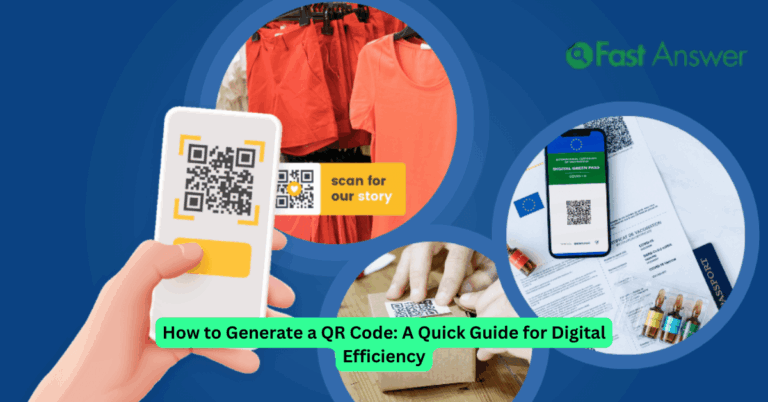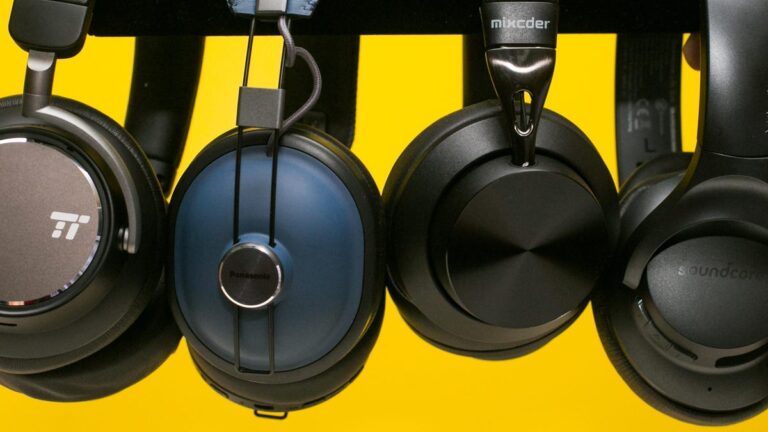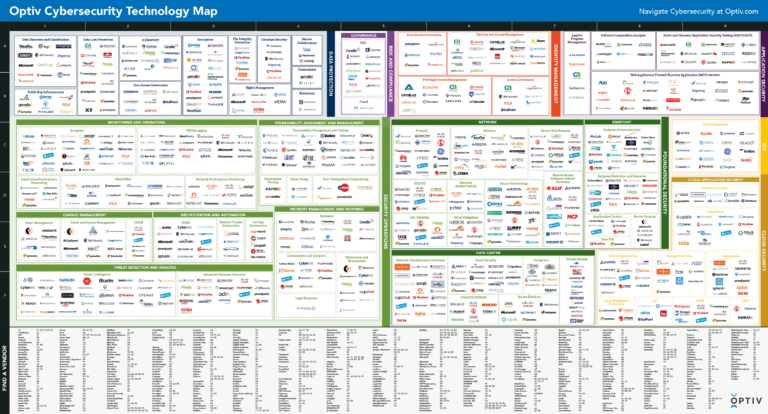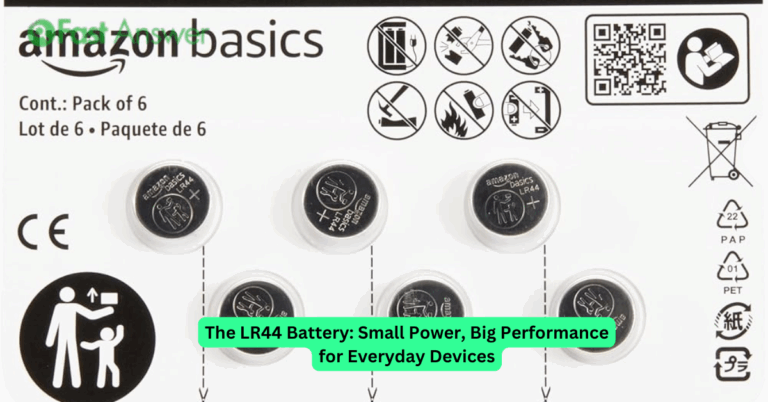Augmented Reality Technology in Education: Bringing Learning to Life
Augmented reality (AR) is transforming classrooms into interactive environments where students don’t just read or listen they experience. By layering digital content over the real world, AR turns abstract concepts into tangible, engaging visuals that enhance understanding and retention. From virtual lab simulations to 3D historical reconstructions, AR bridges the gap between imagination and comprehension. This article explores how augmented reality technology in education is reshaping the way we teach, learn, and connect with information ideal for educators, students, institutions, and tech advocates looking to unlock the future of immersive learning.
How AR Makes Complex Subjects Easier to Understand
One of the biggest challenges in education is helping students grasp abstract or difficult subjects like anatomy, chemistry, or physics. AR helps by turning theoretical ideas into interactive 3D models, allowing students to explore and manipulate content in real-time. Instead of reading about a molecule, learners can visualize it rotating in space, understand its bonds, and simulate reactions. This active, visual approach boosts comprehension and accommodates different learning styles, particularly for kinesthetic and visual learners who benefit from hands-on interaction.
Boosting Engagement with Immersive Educational Experiences
Student engagement is one of the most critical drivers of academic success and AR is proving to be a game-changer in this area. Whether it’s overlaying historical figures into real-world locations or turning worksheets into dynamic experiences, AR captures attention in a way that traditional media often can’t. Gamified learning experiences, scavenger hunts, and real-world simulations keep students curious and motivated. By transforming passive learning into active discovery, AR creates a sense of immersion that keeps learners more connected and invested in their education.
Supporting Inclusive and Personalized Learning
AR technology allows educators to tailor lessons to individual learning needs and paces, fostering a more inclusive environment. For students with disabilities or learning challenges, AR tools can provide alternative ways to access and process information like audio descriptions for visual impairments or step-by-step interactive guides for complex processes. It also enables self-directed exploration, where students can revisit content or take deeper dives into areas of interest. In this way, AR supports differentiated learning strategies, making education more adaptable and equitable.
Real-World Applications Across All Levels of Education
From early childhood to higher education and professional training, AR is being used in diverse ways. In elementary schools, AR books and flashcards make literacy and math more engaging. In high schools, AR brings lab safety training or historical reenactments directly into the classroom. At the university level, medical and engineering students use AR to simulate surgeries, troubleshoot equipment, or understand spatial mechanics. Even vocational training programs are adopting AR for safe, cost-effective simulations that mirror real-world scenarios providing learners with experience they couldn’t otherwise access.
Preparing Students for Future Careers in Tech-Driven Fields
The integration of augmented reality into education isn’t just about enhancing the classroom it’s about preparing students for a future where immersive technology will be part of daily life and work. As industries adopt AR for design, retail, healthcare, logistics, and more, students familiar with the tools and concepts behind it will have a clear advantage. Educators who embrace AR aren’t just modernizing their methods they’re equipping students with digital literacy and spatial reasoning skills essential for tomorrow’s tech-enabled careers.
FAQs
Does AR require expensive equipment for schools to implement?
Not necessarily. Many AR applications work with standard smartphones or tablets, making them accessible without large investments.
Is AR only useful for STEM education?
No. AR has applications in arts, humanities, languages, and even social-emotional learning through interactive storytelling and roleplay.
Can AR replace traditional teaching methods?
AR is a supplement, not a replacement. It enhances existing methods by offering a new layer of interaction and visualization.
Is AR safe and age-appropriate for young learners?
Yes, when used with guided supervision and age-appropriate content, AR can be a safe and highly effective learning tool.
Are there proven academic benefits to using AR in education?
Studies show increased engagement, retention, and motivation among students using AR compared to traditional methods.



